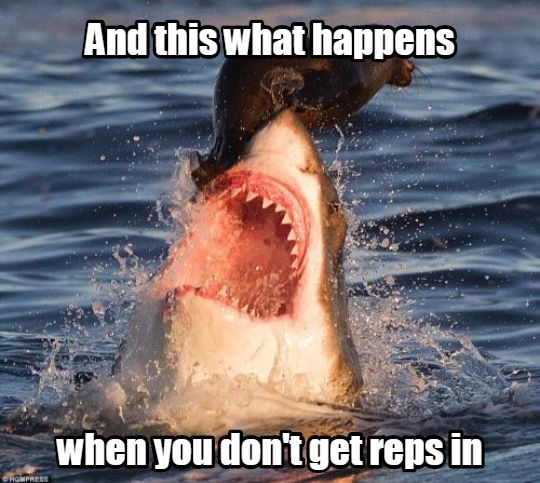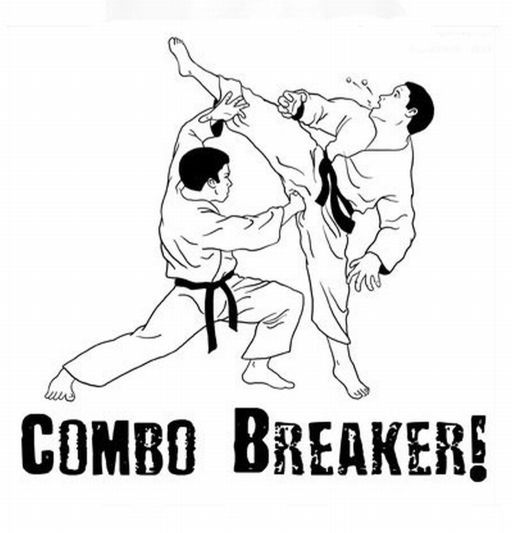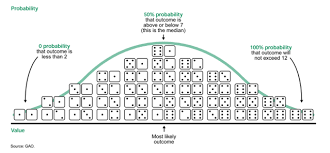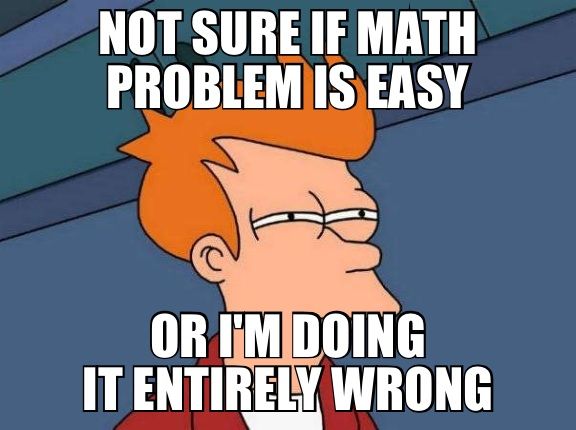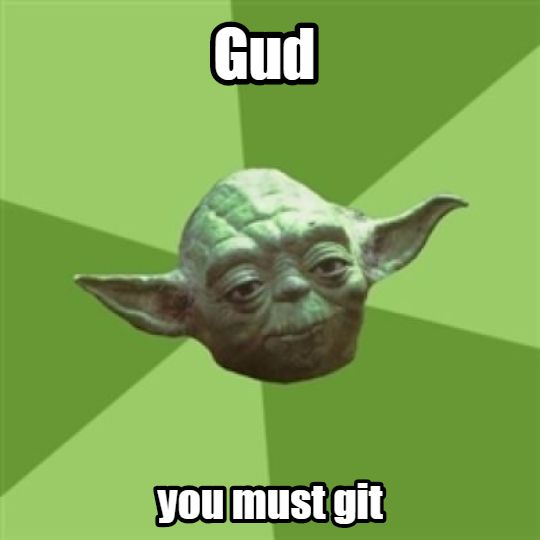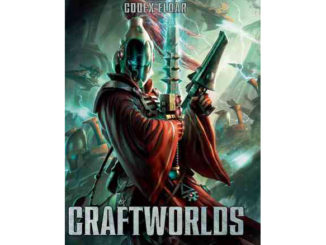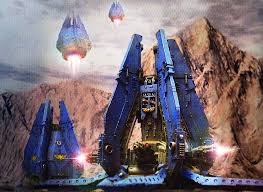
Hello Everybody, and today here at TFG Radio, a few of us thought it best to provide a positive spin on Salty John and Danny’s past salt fest.
So you want to be competitive? Well, here are some things you can do to actively make you a more competitive 40k player, and yes, a lot of these has been learned throughout our FLGS’ rise in Warmachine.
Oh, about 5 years ago, our local meta decided to go HAM into competitive Warmachine, and we were pretty successful. Our shop has produced some damn notable names in the game like Warmachine Weekend Champion Brandon Cating, official Privateer Press judge Will Rutan, and of course, THE Tom Guan. How did our meta go from enjoying the game to being pretty damn good at it? Well, we learned a few things, and these tips are directly portable to 40k (or any game really)
1. Play the mission
One of the biggest lessons one must learn when playing Warmachine is that you must play the scenario (WM speak for mission). Warmachine does have an autowin mechanic, caster-kill, but if you focus too much on assassination, you will find yourself soundly defeated as the opposing player beats you on control points (which are also tie-breakers, so even more a reason in Warmachine to wrack them up). Most competitive lists in Warmachine are designed to play the mission, not simply kill your opponent, and the best lists are able to do both.
With this in mind, when playing 40k, you have to understand what your win conditions are. You need to know what you need to do to win the game and when this has to be done. While you could pick up an easy kill by firing down some scouts, will this help you win the mission? If not, that unit has better things to do. Should you flatout and sacrifice a vehicle to score a maelstrom point or deny your opponent one? Yes, yes you should unless you are positive that said vehicle will be vital to your success somewhere else. You have to be aware of how your army wins the mission, whether it be relic, kill points, or crusade.
In Warmachine, all pieces are pawns except for the Warcaster/Warlock, and you have to take that mentality into 40k. You need to be willing to sacrifice your units if it means winning the mission, and any competitive 40k player can attest that what looks like a tabling could have been a resounding victory because someone was playing the mission. You can ask Danny Kwan about his win at the 2016 BAO with only a few drop-pods left on the table.
Battle-Company, Daemons, Necrons, and Eldar are all excellent at playing the mission, and this is one reason that they are quite commonly in the top 8 of an event. Five flyrants or five knights are dead-killy, but those lists can really struggle to play to the mission, and unlike Warmachine, there is no “Kill this model to win” victory condition. If you are going to a tournament and you want to win, you need to know what missions they use (NOVA/ITC/ETC/Book), and you need to understand how your army wins the mission in each of those.
2. List-fluency
Another huge factor in Warmachine is List-fluency. You have to understand how your list works inside and out, in bad matchups and in good matchups. In Warmachine, the typical advice was that you did not know if a list was good until you played it 10 times. This helped showcase what the list could do, what it struggled against, and what was just player error. It also helped demonstrate how it responded to different scenarios. Warmachine is a much faster game than 40k, so this is easier to accomplish as trying to get 10 games in with a 40k army is roughly 30 hours of play time, and many of us don’t have that luxury, but if you really want to be competitive, you have to invest in your repetitions.
How does this apply to 40K? Play the same list in different scenarios. Don’t change it to suit an opponent, and don’t make any large scale changes as you play. If you are planning to attend an event with the intention of winning, make sure you have played that list as many times as you can. Know what it can do (Oh yah, my list can gun down a riptide a turn) or what it can’t (yah, not going to down a Wraithknight). Make sure to play it against as many different armies as possible. Play against close-combat armies; play against summoning; play against shooting; play against deathstars. Just play it against as many different flavors as possible, so you have first hand experience with how to deal with different lists and what you can do to maximize your chances.
While for some of us, it can be hard to get a game consistently, if you want to do well at competitive 40k, you have to possess solid, real-world list-fluency. Vassal and theorymachine are great tools, but they do not replace live-testing. If you make changes to list, it should be because you have solid, real game data about why your list is lacking.
What helped us maximize our game time was often to do several reset games rather one than one full one. We’d often play just two rounds of a game then talk out how it would likely go based on our opening positions, our first moves, and the success of our initial contact. This really helps develop some early-game fluency where we could pilot our lists quite well the first two turns to ensure that when we entered mid-game, we knew where we wanted to be and how to get there.
3. Combo-breakers
“Ok, This is how this is going to work” means you lost in Warmachine. If you hear that, you’re done. Warmachine is all about the combo. Plenty of top-tier lists are built around the synergy of models and abilities, and once the combo goes off, it is damn hard to stop. There is nothing like Makeda + Molik Kharn to teach you this lesson, or in MK II, losing on scenario to E-Denegrah almost instantly.
So how do you win at this? You need to know the big combos and you need to know how to stop them. Warmachine is all about knowing what other people’s models do, and if you don’t have at least a passing familiarity with how their list works, you are in for a big, uphill fight.
40k has combos to be aware of and information you need to know. You should know the basic mechanics behind screamerstar, drop-centurions, Superfriends, or riptide wing. You should know how these armies work, how they win, and what linchpin pieces they possess. You need to have a general idea of how your opponent’s army works. Take for example Screamerstar: you need to know who has the Grimoire because killing the book-caddy gives you a much better chance at killing the screamerstar. Against Superfriends, you need to aim for the librarian with invis or veil of time, and you need to know who has it.
You also need to apply this to your own list. You should be able to look at your list and identify what tools it has to tackle the biggest fish out there. While you may netlist or not, you definitely need to be able to look at your own list and see how it can counter those netlists. You don’t need to be a power build, but you definitely need to be able to say that you have the tools to deal with the power builds. When going through possible lists in our team chat, Travis always asks some basic questions: How does it beat Battle Company? How does it beat Knights? How does it beat Deathstars? If you don’t have the tools to deal with these, your list is not going to perform well at an event.
The big problem here is that GW has an absolutely massive amount of books out there, and actually buying all of them would set you back more than a few grand. Thankfully, internet forums are full to the brim of army tactica, so take some time to serve and read up on how players use these common builds, so you know what to expect and how to counter them. Most dedicated players of specific armies have comprehensive guides that you can read to get a better understanding of how that army will work against you, and how you can stop it from working as intended.
4. Know the Math
Warmachine is a math game, and well, it is a better math game than 40K because it is built on a linear distribution of probability, giving us a more clear average than just a bunch of isolated probabilities. Essentially, 2D6 rolled together is on average 7, and in Warmachine, the number is then used to determine a hit or damage when added to a static number. In 40K, 2D6 is just two D6s rolled together but each die is taken as a separate event, so you will still on average get a 7, but unless you are rolling for morale or Psychic Shriek/Scream, the sum number is irrelevant. What you are looking for is just the value of each individual die, so your 2D6 roll could be a 1 and 6, 2 and 5, 3 and 4, etc. The difference here is that for a BS4 model, 3 and 4 is a much better roll than a 1 and 6.
That said, while Warmachine has much more predictable outcomes, you can still apply some basic concepts to 40k. You should know the rough probability of a D6, namely that there is a 16.67% chance of each facing, so there is a 83.33% chance of rolling a 2 or better, a 66.67% chance of rolling a 3 or better, a 50% chance of rolling a 4 or better, etc.
This means if you need 5+ to wound, you need 3 rolls to mathematically predict a wound. If you are hitting on 4+ and wounding on 5+, then you should know that it takes 6 shots to predict a wound, so if a unit is only producing 10 shots, you have a good idea of how much damage it is going to do, not even factoring in saves.
How does this translate to the tabletop? When you are engaged in target priority or trying to anticipate the flow of battle, it gives you some indication of how close combats should go, how much damage you’ll do to a unit, etc.
So, if you are shooting at a riptide with a flyrant, you can reasonably predict that I’ll get 10 hits of 12 (BS4 with a reroll), 5 wounds (str 6 against T 6), and he’ll save 83% of them, so one flyrant does less than one wound to a riptide. This means you need at least 2 flyrants to reliably put a wound on a riptide via shooting, and that doesn’t factor in Feel No Pain. Ouch.
It is important to note that you cannot Math-Hammer a full game in your mind. The law of big numbers only works with truly big numbers, so even a few hundred dice rolls in a game will have some large variance, so nothing will go exactly as predicted. Secondly, you cannot predict the maelstrom or your opponent, so in theory, 6 scatbikes does 5.3 hull points to a rhino in one volley, but in application, it will vary from game to game as cover and range will vary. Mathhammer should be a tool for making specific and unique decisions in game, not for simply creating a theoretical model that is suddenly taken as truth for each and every game. Also, because each die is a unique event, wild swings will happen, so you have to prepare for this. You may get hot, and you may get cold, but you need to have a rough idea in your mind of how you will pivot if you go cold or how you can push your advantage if your dice go gang-busters.
5. Instruments
Warmachine has lots of little widgets and gadgets. Because Mark II was so precise where a tenth of an inch could equal victory, a whole secondary market erupted with various tools designed to assist the game, either with measurement, charge lines, or keeping track of temporary effects.
In 40k, having some additional instruments can really help you navigate the game, speed up your play, and remember to apply beneficial effects. Simple tokens for psychic powers, buffs, wounds, etc are not hard to make and make the game much smoother.
You really don’t want to have that argument with an opponent when they claim your flyer (who just gunned down his/her warlord) did or did not jink, but if you have been using tokens, you have a lot more ground to argue you did not jink as you’ve been consistent in marking this throughout the game. It also helps you forget powers or abilities that are corner-case but important in the rare situations where they matter. Occasionally, a generally worthless ability or power may have a big impact, and if you have something to remind you of it, well, all the better.
Making these tokens is not difficult, and it can be done quite cheaply. Just buying a base pack or simply raiding a bitzbin for blank bases is fine. Empty base, small brush, red paint, and boom, simple token. You can go as full out as you want, but even the most simple of tokens can help.
6. Avoid the Tilt
Yah, we’ve all been there. Nothing seems to go your way; your dice roll cold; your opponent rolls hot; you completely forgot a key special rule or ability and are about to be punished for it; your opponent is being a bit of a douche, so you are starting to zone out. It happens to everyone at one point. You get frustrated; you get flustered; you done tilted, son.
To tilt is to lose your cool, lose focus, concede the mental game, go into star-action “bitch”. However you want to put it, when you tilt, your mind is no longer focused on winning, simply replaying the source of frustration. You are no longer focused on your game plan, and you are no longer looking for ways to win but rather focusing on how bad you are losing. It is a natural reaction to disappointing circumstances.
If you want to be a competitive player though, you have to learn how to avoid the tilt. You need a mantra, a reminder, even a quick snack, walk, or smoke to clear your mind. You have to have some mechanism to help you refocus your attention to the game.
Does this mean you have to fight every game to the last dice roll? No. If you’re clear of mind, you can tell some inevitable outcomes, but you need to be of clear mind to accurately evaluate the game-state. You shouldn’t concede because you are tilted, but sometimes with a few moments of clarity, you realize it is best to concede.
Of course, with clarity, many times you’ll see that yes, you still have plays, and the game isn’t over yet, but you can’t see those plays if you are too frustrated or upset. We’ve all seen games swing back after canny play, and the players that win these types of games know how to come back from the edge and look at the table with neutral eyes.
Everyone is different, and everyone has different tilt triggers, but you need to know what triggers your tilt and what you can do to bring you back.
So yes, in closing, these techniques or tips are not necessarily unique to Warmachine or 40k but rather being competitive at anything. You need to understand how you are going to win; you need to practice and train in how you play; you need to know your enemy’s game plan as much as your own; you need to know the little details and systems that underline the game; you need to make sure you have the necessary tools to help you along the way; and finally, you need to know how to keep calm under pressure.
So if you want to smash face and be more than a big crab in a little tide pool, these are some helpful steps to start you on that path.



